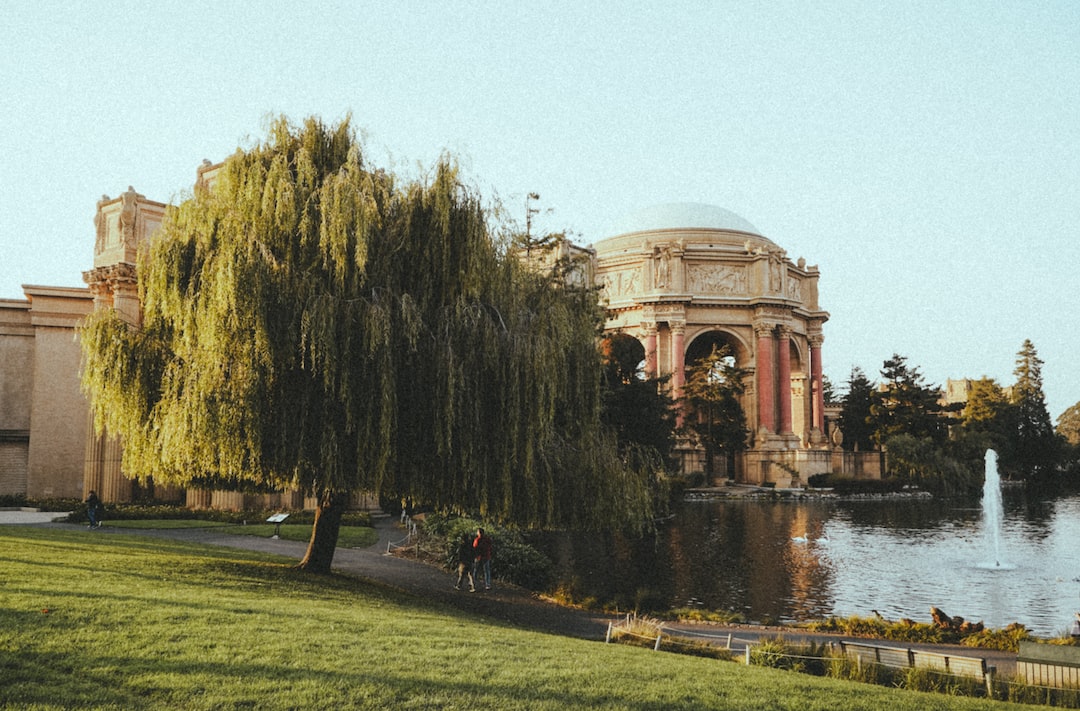The Influence of Music on Visual Arts: The Harmonious Relationship
Art has always been a medium of expression that transcends boundaries and connects people on a deeper level. Both music and visual arts have the power to evoke emotions, tell stories, and inspire individuals. It is the convergence of these two art forms that create a harmonious relationship, where music becomes the muse for visual artists to create their masterpieces.
From ancient civilizations to modern-day society, the influence of music on visual arts has been evident throughout history. In ancient Greece, the Muses were revered as the inspiration for various art forms, including music, poetry, and painting. Artists would often depict these goddesses in their artwork, using the melodious tunes to create striking visual representations.
During the Renaissance period, the cross-pollination between music and visual arts reached its peak. Artists such as Leonardo da Vinci and Michelangelo were not only proficient in painting and sculpture but also had a deep appreciation for music. The harmonies they heard shaped their artistic process, enabling them to create visual compositions that were rhythmic, balanced, and harmonious.
One of the most notable examples of music inspiring visual art can be seen in Kandinsky’s abstract paintings. Kandinsky, a renowned Russian artist, believed that music and color were intrinsically linked. He believed that just as music could evoke emotions through sound, paintings could do the same through the use of color and form. Kandinsky’s vibrant artworks, filled with bold shapes and vivid hues, were direct translations of the harmonies he heard in music.
The influence of music on visual arts is not limited to paintings alone; it extends to other mediums such as photography, sculpture, and even architecture. In fact, the design of concert halls and opera houses often takes inspiration from the music that will be performed within those spaces. The Sydney Opera House in Australia, for example, was designed to reflect the movement and aesthetics of waves, mirroring the fluidity and harmony of music.
Music also plays a significant role in the world of photography. Just as a photographer captures emotions and moments through the lens, music can set the tone and mood for a photoshoot. The rhythm and melodies of a song can influence the pace and movement of the models, while the lyrics can provide a narrative that the photographer aims to capture visually.
In contemporary art, the relationship between music and visual arts continues to thrive. Artists like Olafur Eliasson incorporate music into their immersive installations, creating multisensory experiences for viewers. These installations aim to engage the audience on a deeper level, stimulating both their auditory and visual senses simultaneously.
Additionally, technological advancements have expanded the possibilities for music and visual arts collaboration. Digital artists can create stunning visual representations that react in real time to the sounds and melodies they are exposed to. This fusion of music and visual arts has given birth to a new genre of art known as “generative art,” where algorithms generate visuals based on musical input.
The harmonious relationship between music and visual arts goes beyond mere inspiration; it also impacts the way we experience art. When music and visual art are combined, they create a multisensory experience that enhances our emotional connection to the artwork. It allows us to interpret and perceive art in a way that is not possible through one medium alone.
In conclusion, the influence of music on visual arts is a testament to the power of artistic expression. Whether it is through paintings, photography, or installations, the harmonious relationship between music and visual arts has shaped the way we perceive and appreciate art throughout history. As artists continue to explore the possibilities of this connection, we can expect even more innovative and captivating works that engage our senses and emotions.

